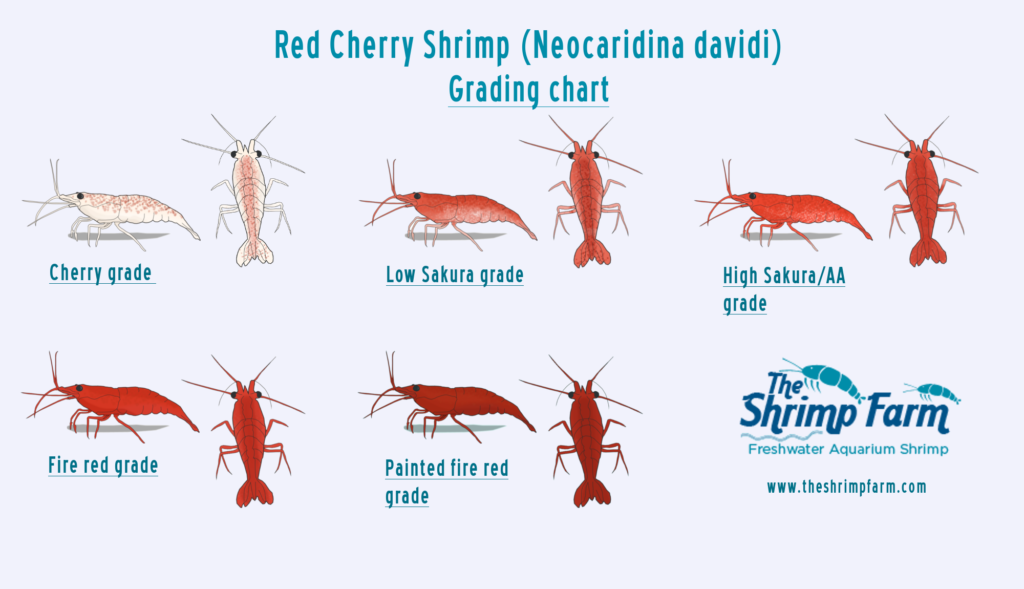Shopping for seafood and fish can get confusing when you have food restrictions, especially religious ones. People who keep kosher often deal with wrongly labeled fish, which causes mistrust in seafood handlers. Following the kosher seafood rules is crucial when offering products to Jewish customers.
KnowSeafood makes sure that the kosher fish we sell is certified, so you don’t have to worry about buying things that aren’t what they say they are.
Shrimp are a delicious type of shellfish that are enjoyed around the world. Their sweet, succulent meat makes them a seafood favorite. But shrimp have a very unique physical appearance that leaves many people wondering – do shrimp have scales? Let’s take a closer look at the shrimp’s distinctive outer covering.
Shrimp Have an Exoskeleton, Not Traditional Fish Scales
Fish are covered in overlapping thin plates called scales that protect their skin. Shrimp do not have these same mineralized scales like fish. Instead shrimp have a hard external skeleton called an exoskeleton.
The shrimp’s exoskeleton is made up of a material called chitin. So while they don’t have standard fish-like scales, their exoskeleton performs a similar function in protecting the inner body.
The Exoskeleton Provides Protection and Structure
A shrimp’s tough exoskeleton serves several important purposes:
-
Protection – The hard shells deter predators and prevent injury.
-
Support – The exoskeleton provides attachment points for muscles and a framework for the body.
-
Growth – Shrimp molt, shedding their exoskeleton to allow for growth.
So while it may not be classified as scales in the traditional sense, the exoskeleton gives shrimp many of the same advantages.
Shrimp Molting and Exoskeleton Regeneration
In order for a shrimp to increase in size, it must undergo a molting process. The shrimp will shed its existing exoskeleton and grow a larger replacement shell beneath it. This allows the shrimp to literally crawl out of its old shell and continue growing.
The new soft exoskeleton will then harden into the protective covering. Shrimp molt frequently during juvenile growth phases. Adults molt around once per year.
The Exoskeleton and Kosher Dietary Restrictions
According to kosher dietary laws, only fish with scales and fins are considered “clean” and can be eaten. The lack of true scales excludes shrimp and other shellfish from kosher designation.
However, some argue that the exoskeleton serves a similar protective purpose to scales. But most observant Jewish authorities still maintain the traditional restriction, so shrimp are not kosher.
Details on the Shrimp Exoskeleton Structure
The shrimp’s exoskeleton is made up of three main parts:
-
The head – This includes two compound eyes on movable stalks.
-
The thorax – The mid-section contains the muscle-filled meat. The legs and swimmerets attach here.
-
The abdomen – The long tail section for swimming propulsion.
The entire shell is coated in a waxy, waterproofing layer. This helps prevent dehydration and bacterial infection.
The Rostrum: Distinct Shrimp Facial Feature
At the front of the head is a prominent spike called a rostrum. This protrudes forward between the eyes and gives shrimp their iconic appearance.
The rostrum functions like a touch sensor, detecting food sources and navigating terrain. It also assists with mating rituals in some species.
Exoskeleton Color Variations Among Shrimp
While many shrimp have a translucent grayish shell, some display more vibrant colors:
-
Pink – From a pigment called astaxanthin, as seen in wild salmon.
-
Red – Also from astaxanthin. Provides camouflage near coral reefs.
-
Blue – A genetic mutation creates a brilliant sapphire hue.
The exoskeleton can even fluoresce under black lighting conditions in certain shrimp species.
Do Other Shellfish Have Exoskeletons Too?
The exoskeleton is a trait that shrimp share with other crustaceans like lobsters, crabs, crayfish, and krill. All have the tough, protective outshell made of chitin.
This allows them flexibility for growth while maintaining structural support. The chitin material also deters predators with its hard texture and unappealing taste.
Key Takeaways on the Shrimp Exoskeleton
-
Shrimp have an exoskeleton instead of regular fish scales
-
The exoskeleton is made of chitin and provides protection and structure
-
Shrimp molt, shedding the shell to allow for growth
-
The shell gives shrimp their iconic segmented appearance
-
Other shellfish like lobsters and crabs also have exoskeletons
So while shrimp don’t have true scales, their durable exoskeleton serves a similar function. This unique body covering gives shrimp their crunchy bite and amazing flavor that seafood lovers crave.

Fish Inside a Fish
The kosher rules are a bit different regarding a fish inside a fish. The Kashrut says that if you find a kosher fish inside the stomach of a non-kosher fish, it is now kosher.
If you find a non-kosher fish inside the stomach of a kosher fish, on the other hand, it is no longer kosher.
If the fish eggs come from a kosher fish, they are also kosher. Eggs from fish that are not kosher are not kosher. So when purchasing caviar or roe, you must ensure the eggs are certified kosher.
According to Jewish law, fish blood is kosher, but you can’t drink it after it’s been taken out of the fish because it could be confused with animal blood. One time it’s not true is when scales are found in the blood, which shows that it’s not animal blood.
What Seafood is Kosher?
It is only kosher to eat fish that comes from an animal with scales and fins, like mackerel, halibut, tuna, or salmon. Having scales and fins is what makes a fish kosher. Still, some fish have scales that are not kosher, such as marlin, sailfish, paddlefish, sand lance, and sculpins.
Shrimp and other shellfish do not have fins or scales; therefore, they cannot be kosher.
Eggs from kosher fish or poultry are acceptable if there are no signs of blood present. Kosher rules say that only certain animals and cuts of meat that are killed and processed in a certain way can be used.
